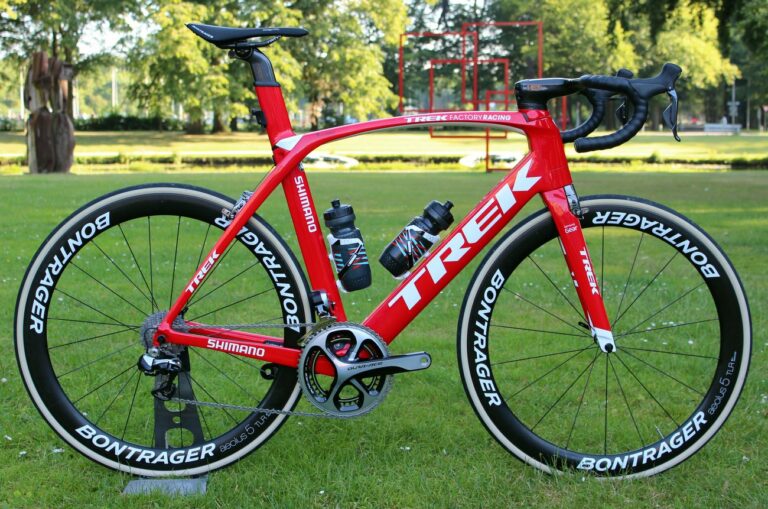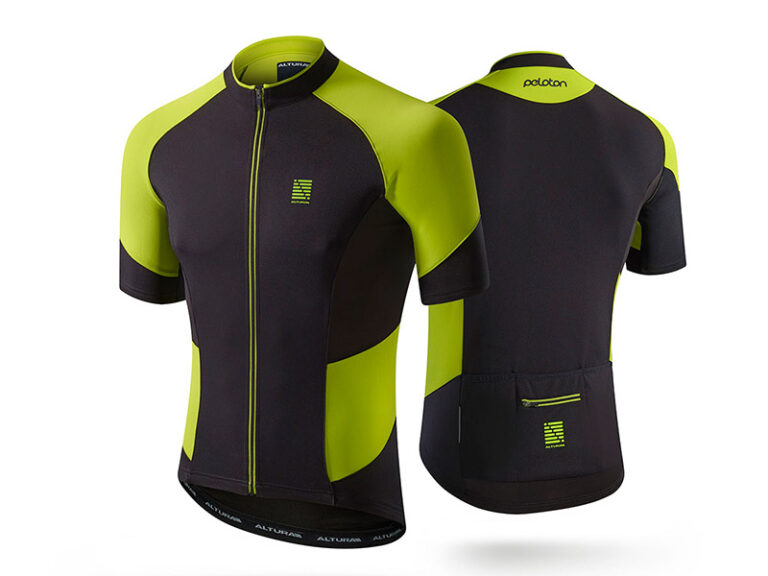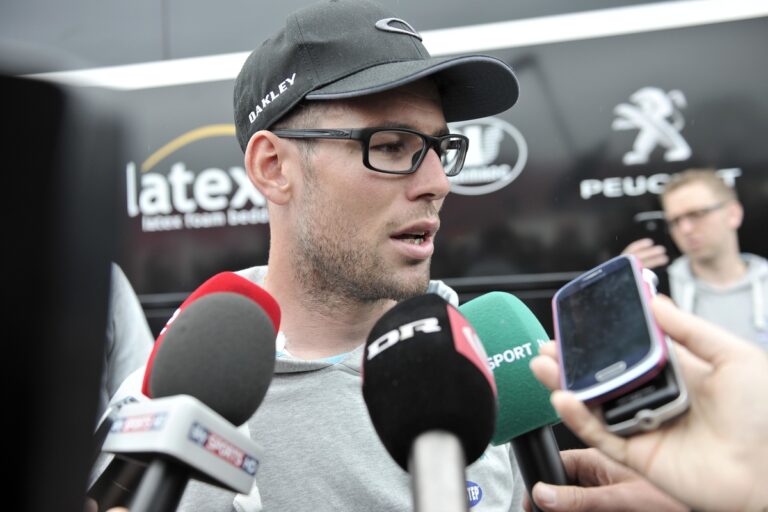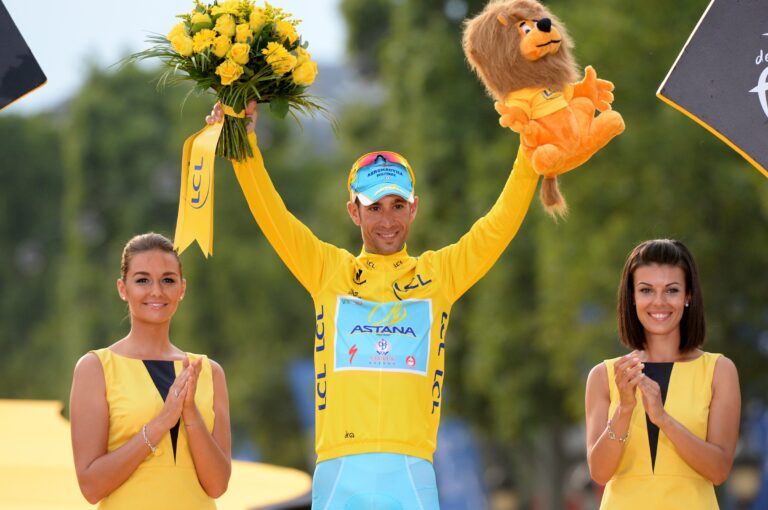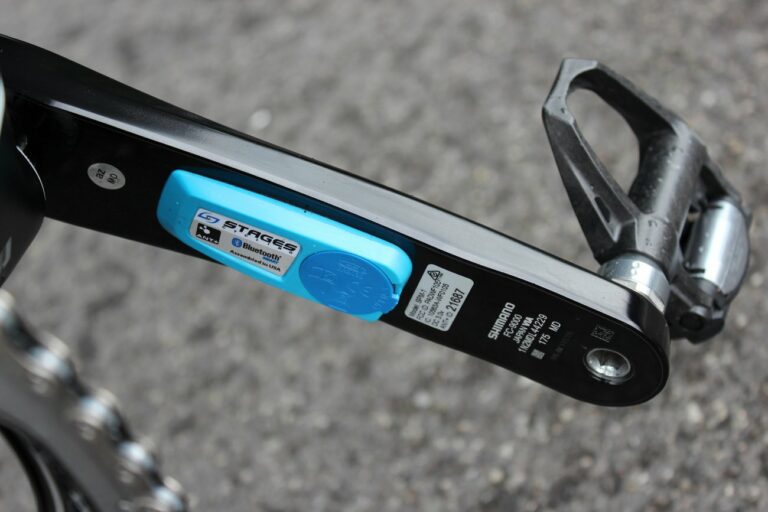Lapierre have unveiled their 2016 road range and I’ve had the chance to test ride both the revamped Aircode SL and all-new Xelius SL in the beautiful Gorges du Tarn in southern France. Riding the two back-to-back really shows you why brands go to the trouble of making different bikes, because the two have very noticeably different qualities.
To recap following our report from last week’s launch, the Aircode SL is Lapierre’s aero road bike, and one which seeks to cheat the wind thanks to a series of truncated Kammtail tube profiles. The frameset’s also been put on a diet, hence the new SL moniker, and now weighs 110g less than its predecessor. The Xelius SL take light weight to the extreme, however, and the frame weighs just 850g. It also places an emphasis on comfort, with the striking rear triangle, where the seatstays bypass the seattube and join the toptube directly, designed to soften the back-end.
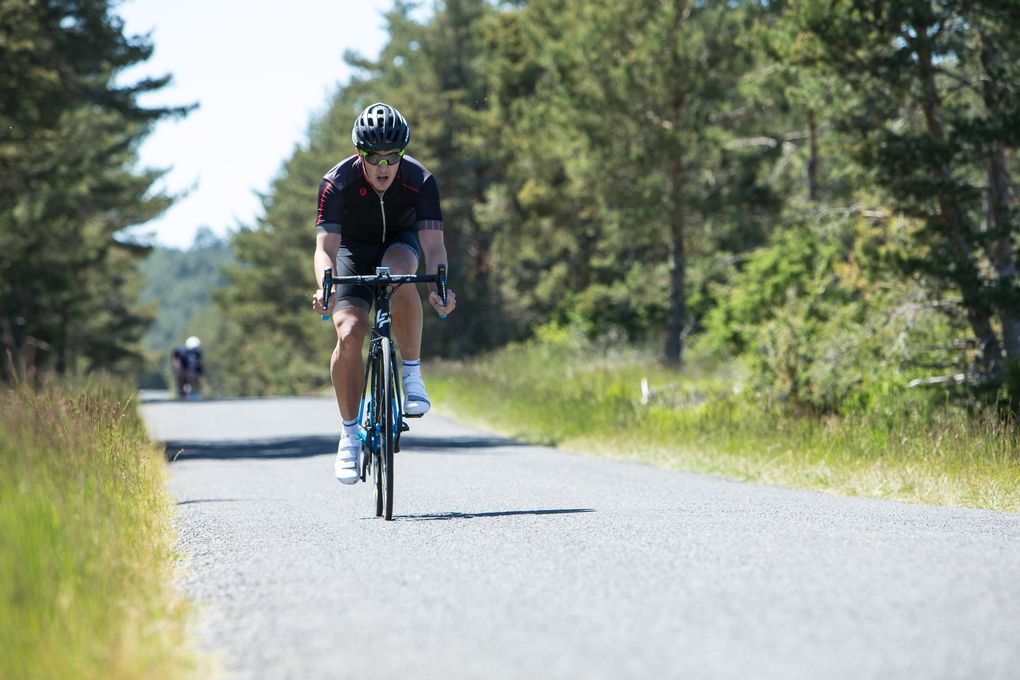
As Lapierre’s aero machine, the Aircode is, quite frankly, a bike designed to be ridden as quickly as possible. It’s stiff through the bottom bracket, but also quite stiff through the back-end too. It’s not harsh exactly, but very much has the qualities of a bike designed to get from place to place (or, rather, from the start line to the finish line) as quickly as possible, and one of the by-products of that is that you do sacrifice a bit of comfort. Even though it’s heavier than the Xelius (I rode the mechanical Ultegra equipped Aircode SL 600), it’s not a heavy bike by any means I was pleasantly surprised by how well it climbs.
We were uphill almost straight out of the gates in France, and headed up a 7km climb only 10km into the test ride. Despite not feeling like I had any climbing legs at all after such a short warm up, the Aircode SL responded very well to grinding out the first half of the climb mostly in the saddle before I felt ready to raise myself up to attempt anything more adventurous. But when I was finally ready to adopt my usual sitting/standing rhythm the Aircode was just as responsive, providing an enthusiastic companion to my more typical in and out of the saddle style. Even on some of the steeper ten per cent sections, there was none of the sluggishness than can occasionally plague aero road bikes when the road starts to venture into genuinely steep territory.
Back downhill again and the Aircode really shone. The handling is impeccable and wonderfully sharp, meaning that carving through everything from hairpins to sweeping bends was almost effortless and I had no nervy moments at all. It’s hard to overstate just how much confidence the front end of a bike like this instils in a rider. I’m far from Paolo Savoldelli when it comes to descending, usually preferring to err on the side of caution, especially in places I’m unfamiliar with, but on the Aircode I found myself pushing hard on the downhills because it didn’t have any nervousness. It’s a formidable ally on the flat, too. The Aircode moves well, and the surety with which it descends transfers itself very well into a happy stability.
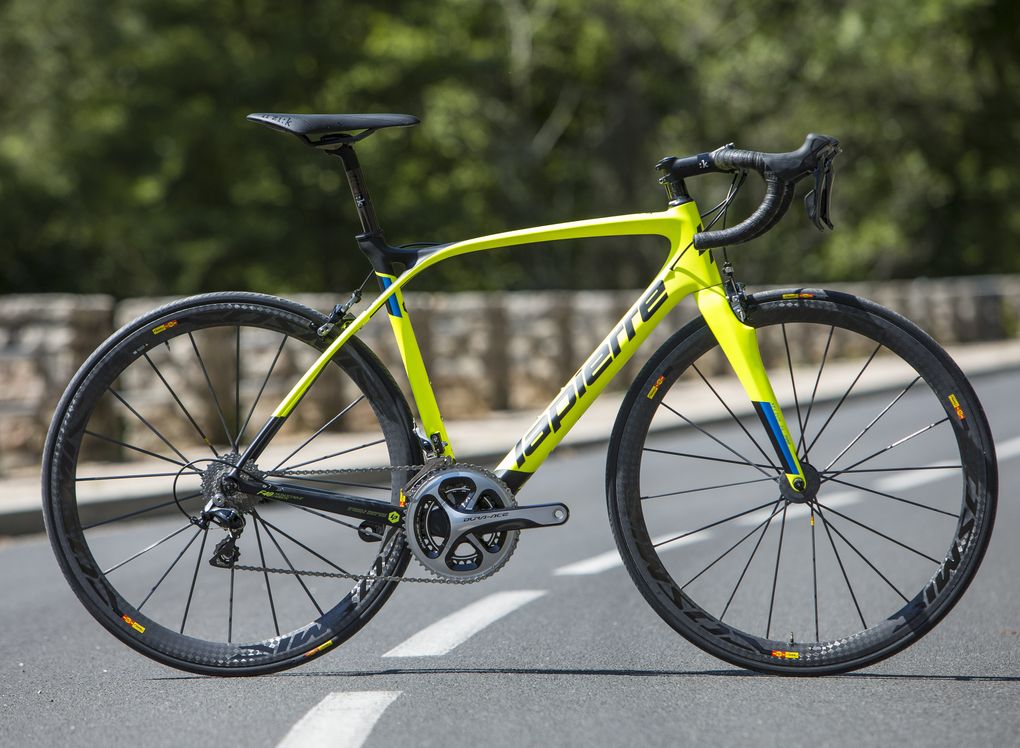
The Xelius SL is a different offering. Being a light climber’s bike it’s not as naturally capable downhill as the Aircode – although it still descends well – but the more comfortable back end does mean that bumps and lumps in the road are received better. As a consequence the back end of the Xelius felt both more rider-friendly (as most of us who aren’t pros do like a little comfort in our bikes) and made the ride as a whole feel slightly more refined than the Aircode, I think it will appeal to a far wider range of riders.
The Xelius SL is the bike that shows how the ‘Power Box’ concept (where the bottom bracket, headtube and chainstays are designed to offer as much lateral stiffness as possible, and the rest of the bike is geared towards comfort) Lapierre use really does work. Uphill it was equally as responsive as the Aircode, although the fact that it’s lighter meant that it felt more adept as a climbing machine. But the comparative comfort through the rear end when combined with that solid base shows that you can have a bike that couples performance and comfort in one package. We’ll be getting a Xelius SL in to test very shortly, and I’m definitely keen to get out and put in more miles on what at first glance promises to be an excellent bike.
Website: Lapierre

